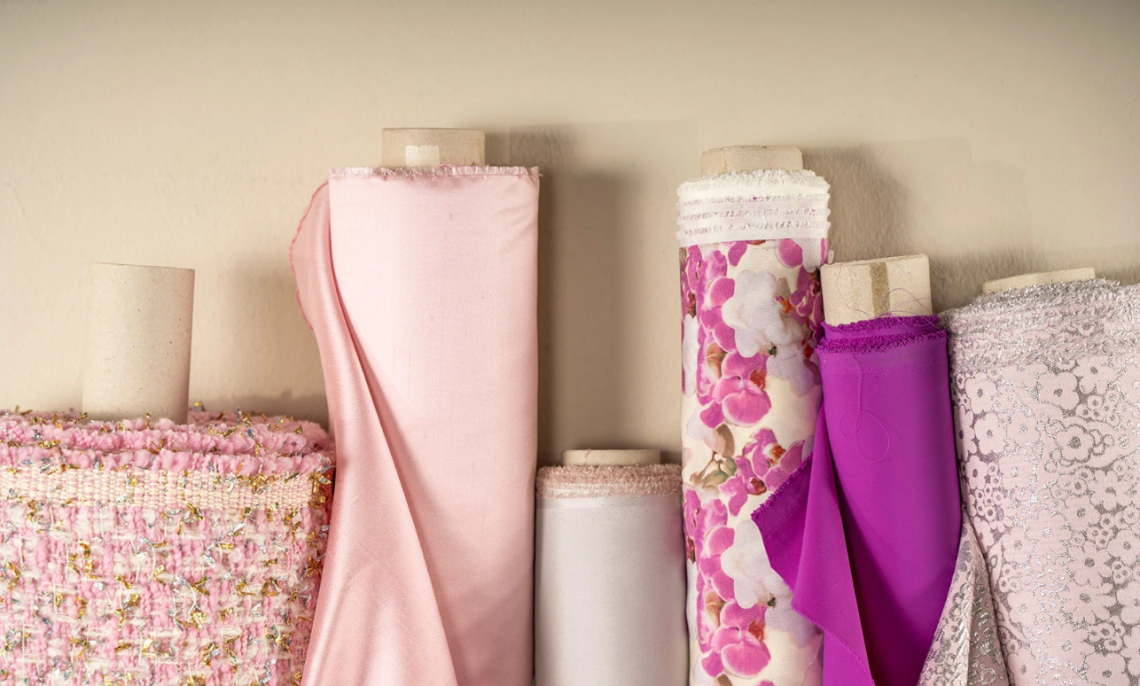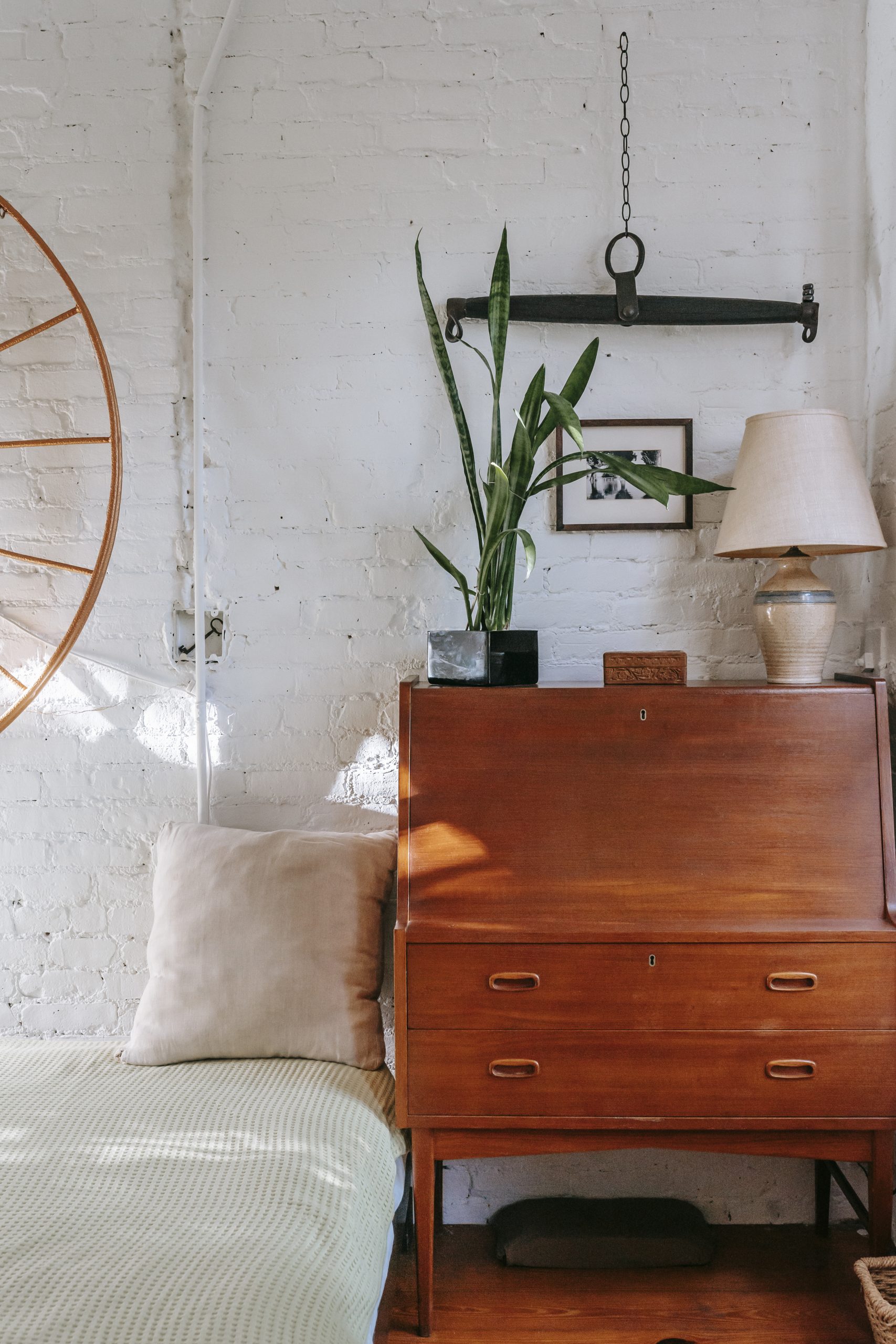The increasing number of online fabric retailers on the internet, with new sites opening up every few weeks, make it easier than ever to purchase textiles online. The online fabric industry can accommodate a wide range of demands and preferences, from large websites offering a vast selection of materials to smaller niche businesses specialising in particular fabric types or styles. Additionally, compared to in-person shopping, internet shopping requires a lot less time, money, and effort.
But if you have never bought fabric online, you could be worried about this. After all, with years of in-store shopping, you are used to handling and feeling the fabric before making a purchase. Another worry you might have is that the colours shown on the screen will not be realistic. Fortunately, there are a few strategies you can use to get over this fear and go headfirst into the wide and enjoyable world of internet fabric buying.
Check the Fabric Description
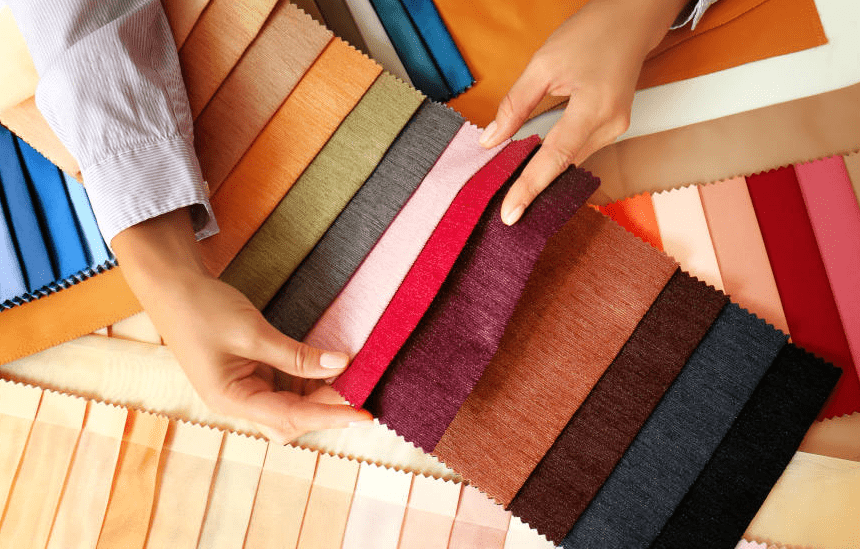
When shopping online, it can be easy to see a photograph, fall in love, and commit without thoroughly researching the product. We don’t always read the product information. However, on the fabric’s description, you’ll find all the information you need to get a good sense of how the fabric will feel and sew such as the content, weight, sidth, motif or pattern size and repeat and drape and fold.
Content
It’s important to be aware of the content of the textile before buying from an online fabric store. This will help you get a sense of how the fabric feels. Cotton, for instance, can be combined with different fibres, such as silk or khadi. Every one of these fibres has unique qualities and traits that influence how the finished garment behaves.
Weight
The fabric’s weight, which is based on its gsm, tells us how heavy it is; the higher the gsm, the thicker and heavier the fabric.
For winter clothing, curtains, upholstery, and other home décor projects that need durability and wear resistance, heavier materials work better since they are thicker. Flowing clothing and linings work well with lightweight textiles.
Width
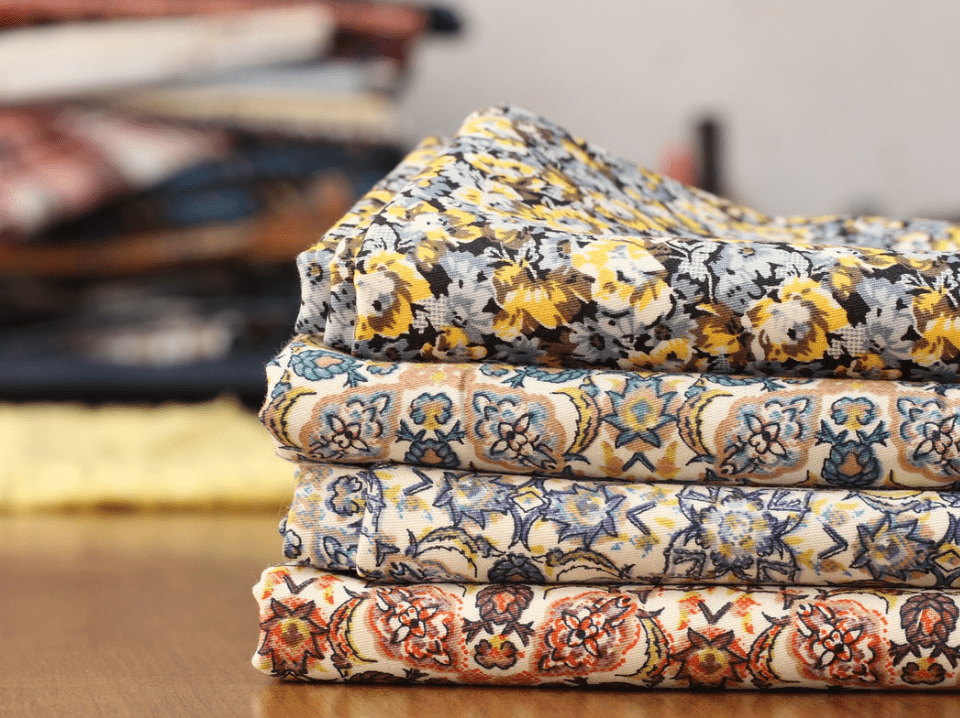
The width of a fabric indicates how wide it is. This is necessary to ensure you have enough fabric to finish your project. This can also help reduce fabric waste. For example, 115 cm wide textiles are appropriate for clothes, accessories, and homewares such as cushion covers, placemats, and anything made with patchwork techniques such as quilts or rugs. Anything bigger than 115 cm, such as a double bed cover or a large table cover, can be made using fabric linked by a lapped seam.
Motif or Pattern Size and Repeat
On a screen, it is hard to determine the magnitude of any pattern or design. To avoid frustration and wasting money, always determine the dimension of the motif or pattern and repeat. The term repetition refers to how many times the same pattern is repeated in a particular centimetre. Many online retailers will take a fabric photo with a scale to fit your requirements. So make sure you check that.
Drape and Fold
Though not the most important, it is useful to look for information about the fabric’s drape or fall. Many online businesses provide photos that allow you to obtain a general notion of the drape or fold of the fabric. This can help determine the shape and silhouette of your garment.
Take Advantage of the Website’s Search Categories
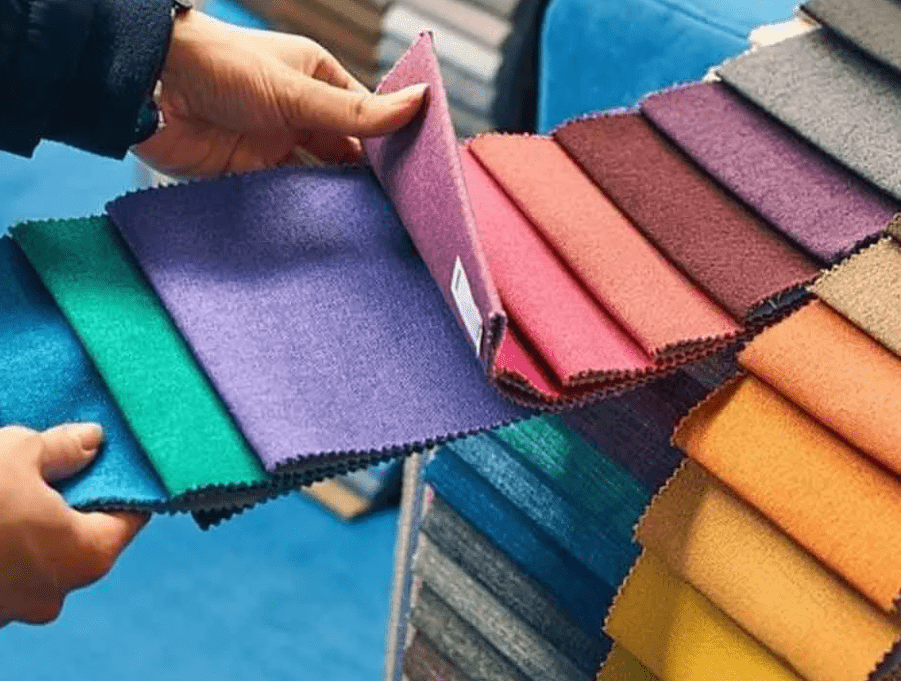
How are you going to use your fabric? Which colours catch your attention? Even while there is an overwhelming amount of options accessible online, the majority of fabric merchants include menus and search tools that let you refine and filter results, making it easier to locate what you are looking for without having to go through thousands of various fabric types.
Order Samples
Before you place your order, you can examine the fabric up close with samples. While some businesses charge a nominal price, others offer free samples. Therefore, whenever possible, order a sample of the fabric to see and feel its true colour, weight, and texture before placing a large order for it.
Read Reviews and Ratings
What are the opinions of those who purchased the fabric? During online fabric shopping, reading customer reviews can be rather helpful. They may give you helpful details regarding the true appearance and quality of the fabric.
Check Return and Exchange Policies
Make sure you check this information before you click “buy”. One common problem of buying fabric online is that you may not receive exactly what you expected. A reputable online fabric store will understand this risk and offer exchanges and refunds in case you are unhappy with your order. The online retailer should have simple, customer-friendly exchange and return policies.
Look for Discount Codes and Coupons
Look for deals and discounts online before making a purchase. This can help you make big financial savings so you can buy more craft supplies! Join the email lists of these web retailers. Through them, several discounts and offers are distributed. Remember that when you are looking for the best deals, really cheap prices could mean poorer quality.
Shop from Reliable Retailers Only
When shopping online, it is critical to ensure that the website is reliable and that your data and payment methods are safe and secure. You might come across websites providing free products and asking only for shipping payments. Be wary of this because shipping costs might be more expensive than the goods themselves, and the products in these deals are often low quality.
Final Words
Buying fabric online is convenient and fun, but it demands careful evaluation of the fabric’s composition and quality. Understanding these characteristics and using the tips above will help you make informed decisions that match your individual needs and preferences. Whether you’re a seasoned sewer or a DIY enthusiast, you should now feel confident when buying fabric online.
Read more home decor articles at ClichéMag.com
Images provided by Deposit Photos, BingAI, Adobe Stock, Unsplash, Pexels, Pixabay & Creative Commons

